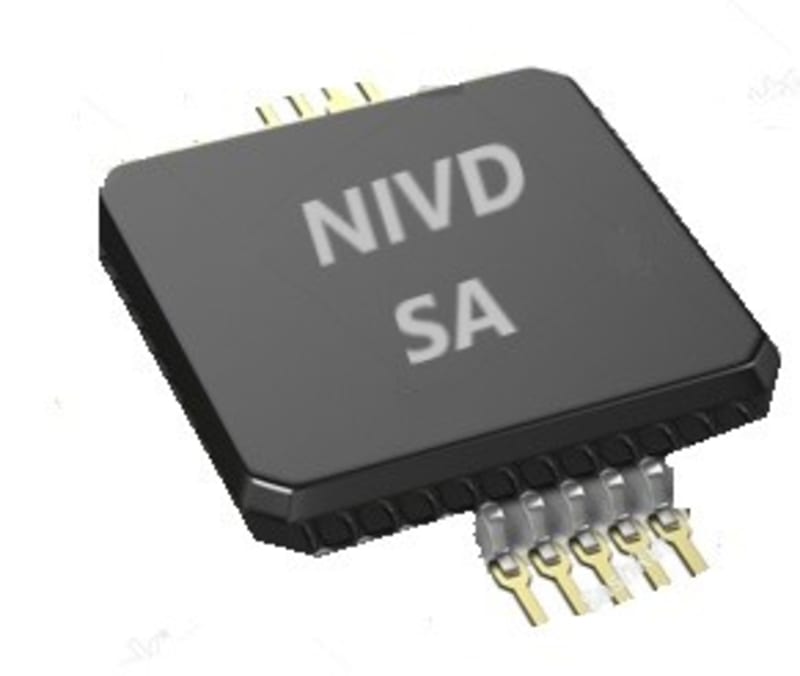Non-Inertial Onboard Navigation was designed to replace currently deployed combinations of IMU and GPS in the Space-speed Applications.
on Sagnac effect of propagation of light in the body under rotation, the foundation of NIRPS resides in the Michelson collinear methods of measuring the displacement of the object in relation to the propagation of light within. As a result, NIRPS continuously measures velocity (speed-direction and spatial positioning) of an object from within and from the motion itself.
These continuous measurements of velocity in real-time eliminate systems’ latency, natural drift, nonlinearity, random walk, and needs for input of gravity. Due to the absence of continuous shifts from latency to active intervals, the system doesn’t accumulate deviations.
Moreover, the completely developed Solid-State of the NIRPS components will provide for reliable navigation even during high vibrations at engine firing conditions and saturated EMI space. The key technical component of the NIRPS system resides in the Non-Inertial Velocity Detector (NIVD), where information on the system’s velocity is detected. This information will be forwarded to Navigation Computer where spatial position, orientation, and heading will be determined, and corrective actions will be originated.
The following are the benefits from implementation .
A.Nullifying Latency in the Close Loop Control by deployment of the direct measurements of a craft Velocity:
- Eliminate latency, bias and scale-factor errors of INS and multiple accelerometers, random walk, the propagation of error to computed velocity, position, and attitude of IMU systems.
- Eliminate the needs for GPS coupling, referencing, and aid, hence eliminating vulnerability to jamming, time delays due to Kalman filter dynamics and common to GPS position errors, velocity errors, and tilt errors.
B.Simplification of the complexity of the guidance and the Close Loop Control:
- Greatly increase the accuracy of navigation by reducing cumulative components errors
- Reduce system reaction time by streamlining communications
- Simplify algorithms
- Reduce random noise and chance of instruments misalignment.
C.Improvements of the Fully sealed optonic design:
- Eliminate the cost of maintenance
- Reduce power consumption
- Reduce initialization time
- Reduce overall dimensions
Since the device will be calibrated in relation to the Earth axis (similar to GPS), therefore it will be straight forward transition from one system to the other. As the result, they will form a reliable interoperable mutual backup system that will negate any natural and human interference
Like this entry?
-
About the Entrant
- Name:Val Parker
- Type of entry:individual
- Software used for this entry:AutoCAD, PhoeniX, SolidWorks
- Patent status:patented

